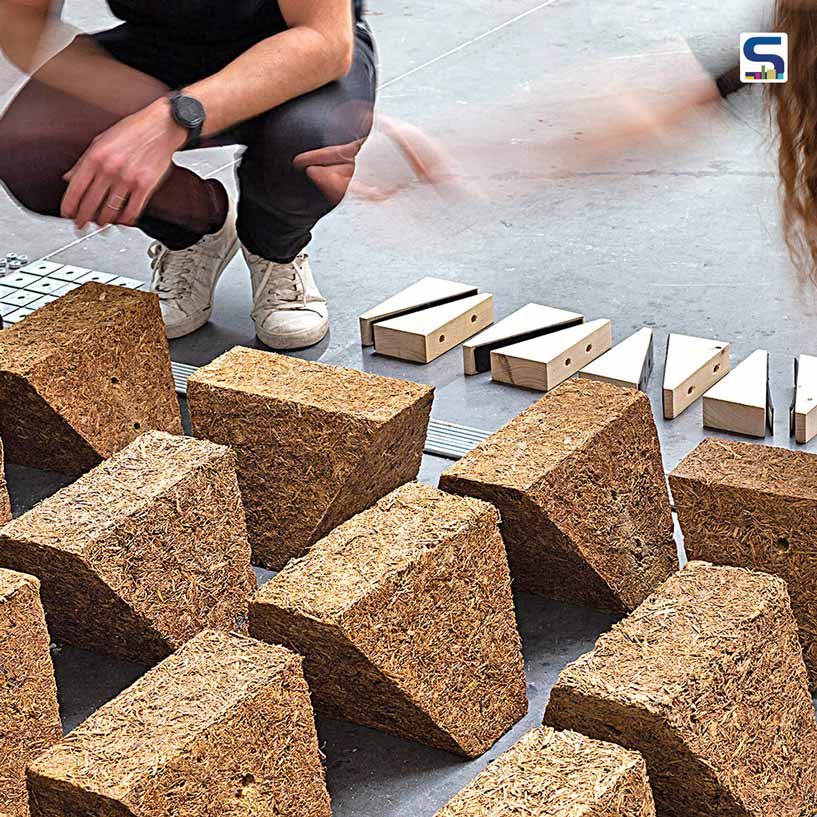
Experts have derived a new material called Sugarcrete® which is composed of Bagasse- a byproduct of sugarcane. This can be a sustainable and cheaper alternative to the traditional bricks. A report by SURFACES REPORTER.
What is Sugarcrete®?
Sugarcrete® is a material that combines sugarcane fibres left over after sugar production, with sand-mineral binders to produce bricks that have a carbon footprint six times smaller than traditionally made clay bricks.
These bricks provide a low-carbon alternative to bricks and concrete blockwork. Being developed by University of East London (UEL), this project is a collaboration between the UEL MArch Architecture programme and the Sustainability Research Institute (SRI) with the support of Tate & Lyle Sugars.
Why this could be a great alternative to traditional construction practices?
Sugarcane is world's largest crop by production volume. According to the researchers, "The processing of sugarcane to produce sugar, generates enough raw material to partially replace high energy-demanding construction systems such as concrete or brick. Sugarcane growth provides one of the fastest CO2-to-biomass conversion mediums available, up to 50 times more efficient than forestry."
Research developed at UEL demonstrates how this residue stream can provide a sustainable construction material. The new Sugarcrete®? material, prototyped using the Sustainability Research Institute’s advance Laboratory, presents high-quality mechanical, acoustic, fire and thermal properties, and has been tested to industry standards for fire resistance (ISO 1716:2021), compressive strength (ASTM C39), thermal conductivity (Hot-Box method) and durability (BS EN 927-6).The testing has shown promising results for Sugarcrete®? to be used as insulation panels, lightweight blocks, load bearing blockwork and structural floor and roof slabs.
How will it benefit the local economy as well as ensure sustainability?
According to the UIL, "Sugarcrete® research will benefit local manufacturers in the global south where construction materials are frequently imported, environmentally poor performing, high cost and high carbon minimises transportation costs. Local producers can make radically new, affordable and ultra-low carbon ‘vernacular’ building materials that can create new income streams via export to the global North."
The qualities of Sugarcrete have garnered recognition as it was nominated for the Earthshot Prize–an award celebrating outstanding sustainability projects worldwide. This prize considers five categories featuring the top sustainability efforts.
No patents to provide 'Open Access' for all
Sugarcrete is not yet patented. UEL says that, "It is purposely ‘open access’ in order to establish partnerships to produce new bio-waste-based construction materials where sugar cane is grown, and benefit is greatest."
(with inputs from uel.ac.uk)